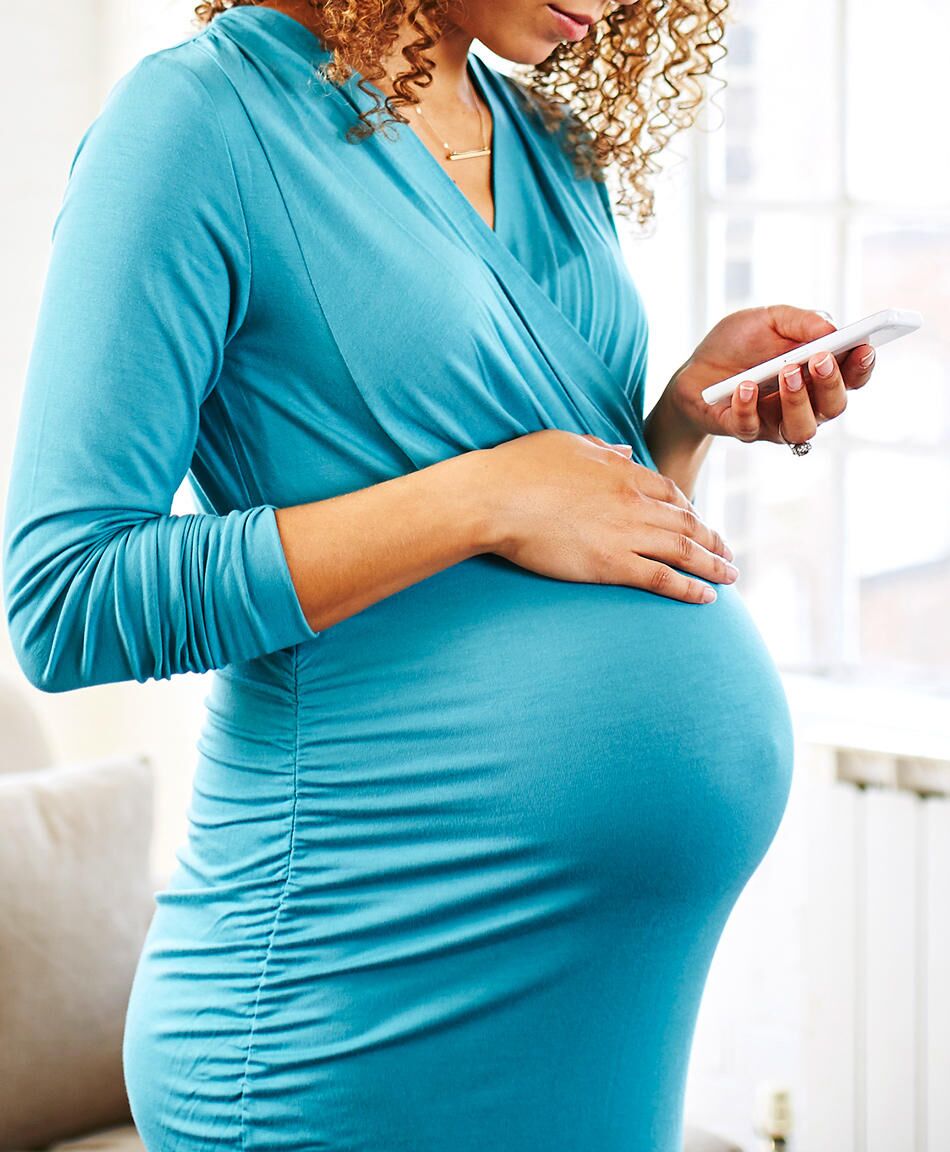Retroverted Uterus Early Pregnancy Symptoms
Many women are either born with a retroverted uterus or acquire one as they mature.
Retroverted uterus early pregnancy symptoms. The uterus is the hollow pear shaped organ where a developing fetus will grow. The uterus usually sets itself right during the 10th or 12th week of pregnancy. Conceiving with a tipped uterus is usually not difficult. The first and partly the second trimesters can be dogged by back pain since by then the retroflexed uterus would have not reverted back to its natural position.
The uterus is normally in a straight vertical position. Normally women are born with a uterus that is located in a straight up and down position inside of the pelvis or with a uterus that tips slightly forwards towards the stomach. Back problems in early pregnancy can be a sign of a retroverted uterus in a good number of women. Recurrent uterine incarceration may be prevented by early surveillance and early manipulation of the retropositioned gravid uterus.
However some women may have a tipped tilted uterus also termed a retroverted uterus in which the it is tipped backward toward the back of the pelvis. A retroverted uterus is a uterus that curves in a backwards position at the cervix instead of a forward position. In a few cases however conception may be painful. Your sacrum the large bone in the middle of your pelvis at the base of your spine and the pubic symphysis a pelvic joint located above your vulva.
If that does not happen it becomes a case of persistent retroverted uterus. Doctors call this a tilted uterus or retroverted uterus most of the time a tilted uterus doesn t cause any health fertility or pregnancy problems. During pregnancy as the uterus enlarges the ligaments which hold the uterus in place become weak or lose their tension resulting in a tilted pelvis pregnancy and a retroverted uterus. In fact it s so common that.
Diagnosis of uterine incarceration remains difficult because its symptoms are often non. Many women have a normal delivery despite this condition. The uterus returns to the normal forward position after delivery in most cases but may at times fail to do so. Before becoming pregnant and in the early weeks of pregnancy your uterus sits between two bones.
Repositioning of a retroverted uterus is most likely to be successful in early pregnancy 32.


